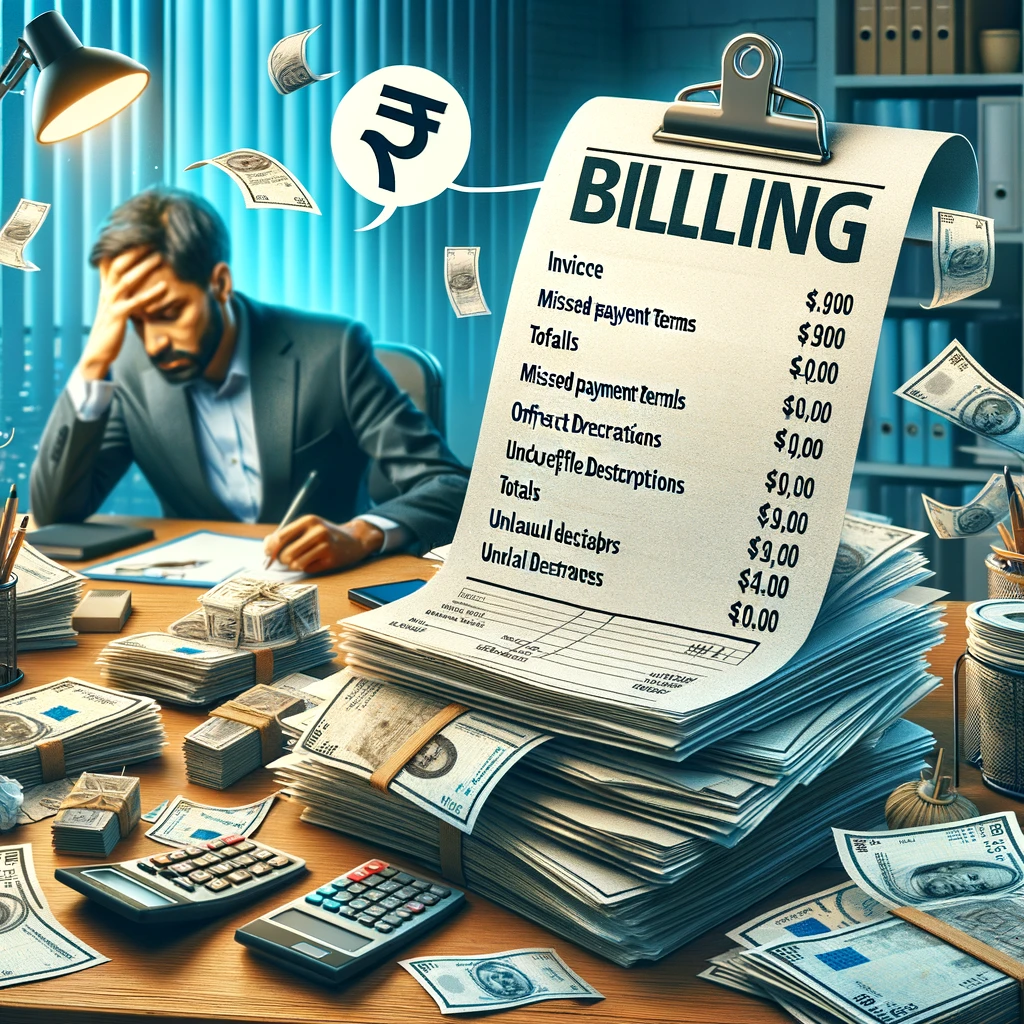Table of Contents

Introduction: The Role of Billing Software in Photography
Managing a photography business involves much more than taking stunning photos. Behind the scenes, tasks like client invoicing, payment tracking, and expense management are crucial for maintaining profitability. However, manual invoicing or outdated billing methods often lead to inefficiencies, missed payments, and unhappy clients.
This is where photography billing software steps in. Designed specifically for photographers, these tools automate invoicing, streamline payment collection, and provide real-time financial insights. With the right software, photographers can save time, reduce errors, and focus more on their creative work.
In this guide, we’ll explore the best photography billing software solutions, their features, and how they can transform your business operations.
Why Do Photographers Need Billing Software?
Billing software tailored for photographers addresses the unique challenges faced by creative professionals. Here’s why it’s essential:
1. Automates Tedious Processes
- Quickly generate professional invoices with branded templates.
- Set up automated payment reminders to clients for overdue invoices.
2. Reduces Errors
- Eliminates calculation mistakes with automated tax and discount features.
- Ensures accurate billing for services, packages, or additional expenses.
3. Saves Time
- Simplifies invoice creation, expense tracking, and payment collection.
- Frees up time for photographers to focus on bookings and shoots.
4. Enhances Client Experience
- Provides clients with clear, easy-to-understand invoices.
- Offers multiple payment options, ensuring convenience.
5. Improves Cash Flow
- Tracks payments in real time to manage cash flow effectively.
- Minimizes the risk of unpaid invoices through automated follow-ups.
Key Features of Photography Billing Software
When selecting the best billing software, consider these essential features:
1. Customizable Invoicing
- Create personalized, professional invoices with your branding.
- Add itemized lists for services, prints, or additional costs.
2. Payment Tracking
- Monitor the status of invoices and payments in real time.
- Identify overdue accounts and send automated reminders.
3. Expense Management
- Track studio expenses, travel costs, and equipment purchases.
- Generate reports to analyze profitability and expenses.
4. Integration with Payment Gateways
- Accept payments through platforms like PayPal, Stripe, or credit cards.
- Offer clients multiple payment options for convenience.
5. Tax Calculations
- Automatically calculate taxes for different regions or service categories.
- Simplify tax filing with detailed financial records.
6. Mobile Accessibility
- Access billing tools on the go with mobile apps.
- Send invoices or check payment statuses from your smartphone.
7. Reporting and Analytics
- Generate insights on revenue, cash flow, and client payments.
- Use data to make informed decisions for your business.

Top Photography Billing Software Solutions
1. Xora
- Overview: Xora is a comprehensive photographer tool that combines billing software with business management features.
- Key Features:
- Automated invoicing and payment tracking.
- Branded templates for professional invoices.
- Integration with payment gateways like PayPal and Stripe.
- Financial dashboards for revenue and expense tracking.
- Best For: Photographers seeking an affordable and all-in-one solution.
2. FreshBooks
- Overview: A popular choice for freelancers and small businesses, FreshBooks offers intuitive billing tools tailored for photographers.
- Key Features:
- Customizable invoice templates.
- Time tracking for project-based billing.
- Expense categorization and receipt uploads.
- Mobile app for on-the-go invoicing.
- Best For: Freelancers or small photography studios managing multiple clients.
3. QuickBooks
- Overview: QuickBooks is a versatile accounting software that simplifies invoicing and financial management for photography businesses.
- Key Features:
- Automated invoicing with recurring billing options.
- Expense tracking with receipt uploads.
- Tax preparation and reporting tools.
- Integration with e-commerce platforms.
- Best For: Photographers looking for a scalable, accounting-friendly solution.
4. HoneyBook
- Overview: Designed specifically for creative professionals, HoneyBook integrates billing with project management features.
- Key Features:
- Branded invoices and online payment processing.
- Workflow tools for scheduling and client communication.
- Expense tracking and financial reporting.
- Automated payment reminders.
- Best For: Photographers managing large projects or teams.
5. Studio Ninja
- Overview: Studio Ninja combines client management with billing tools, making it an excellent choice for photographers.
- Key Features:
- Automated invoicing and payment tracking.
- Client portals for secure communication and payment.
- Expense management for photography projects.
- Integration with accounting software.
- Best For: Photographers seeking an all-in-one solution for billing and client management.
How to Choose the Right Photography Billing Software
Choosing the right billing software involves understanding your specific needs and comparing available options. Here’s a guide to help:
1. Identify Your Requirements
- Do you need features like recurring billing or tax calculations?
- Are you managing expenses alongside invoicing?
2. Consider Scalability
- Choose a solution that can grow with your business as you take on more clients.
3. Evaluate Ease of Use
- Opt for intuitive software that doesn’t require extensive training.
4. Check Integration Options
- Ensure compatibility with payment gateways, accounting software, or client management tools.
5. Compare Pricing
- Balance affordability with the features offered. Look for transparent pricing with no hidden fees.
Case Studies: How Billing Software Transforms Photography Businesses
Case Study 1: Freelance Photographer Uses Xora
- Challenge: Managing invoices and tracking payments manually was time-consuming.
- Solution: Implemented Xora to automate invoicing and payment tracking.
- Outcome: Reduced invoicing time by 50% and improved cash flow.
Case Study 2: Mid-Sized Studio Adopts QuickBooks
- Challenge: Difficulty tracking expenses and preparing for tax season.
- Solution: Used QuickBooks for expense management and tax reporting.
- Outcome: Streamlined tax preparation and saved $1,200 annually on accounting costs.
Future Trends in Photography Billing Software
1. AI-Driven Automation
- AI will further automate processes like invoice generation and payment follow-ups.
2. Mobile-First Solutions
- Increasing demand for mobile apps that allow invoicing on the go.
3. Enhanced Security Features
- Tools like encryption and two-factor authentication will improve payment security.
4. Integrated Platforms
- Future software will combine billing with CRM, project management, and marketing tools.

Conclusion: Simplify Your Billing with the Right Software
Managing invoices and payments shouldn’t be a headache for photographers. Investing in the right photography billing software can save time, reduce errors, and improve client satisfaction. Tools like Xora, FreshBooks, and QuickBooks offer comprehensive features to streamline your billing processes, ensuring you can focus on your creative work.
Choose the solution that fits your needs, and take the first step toward better financial management for your photography business today!

Leave a Reply